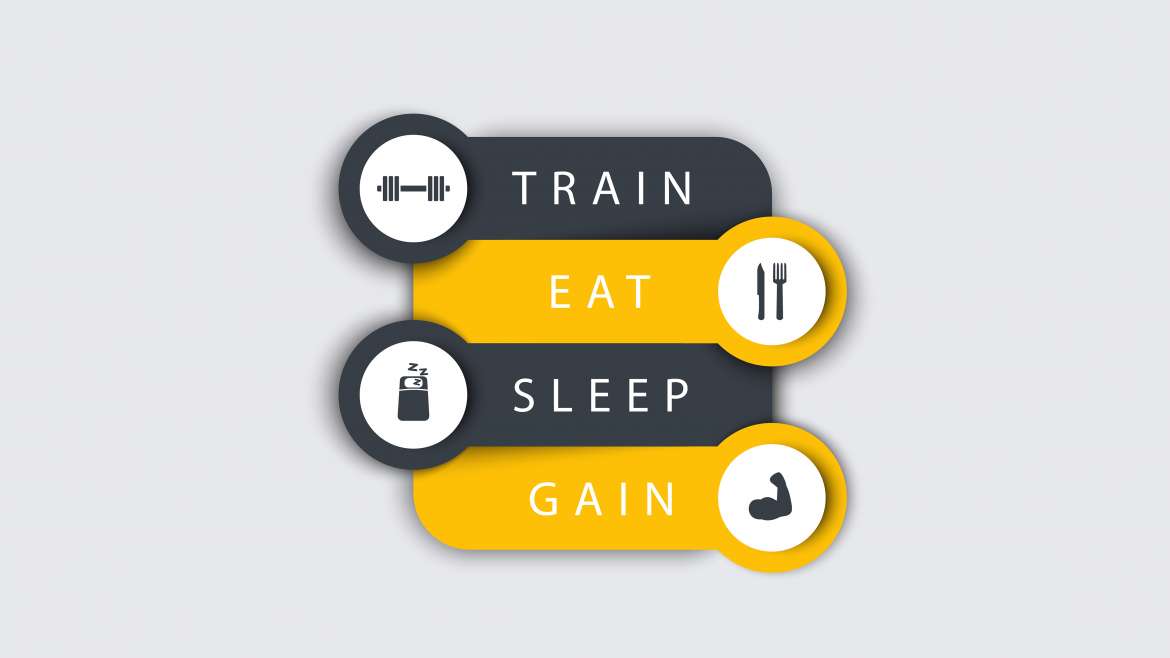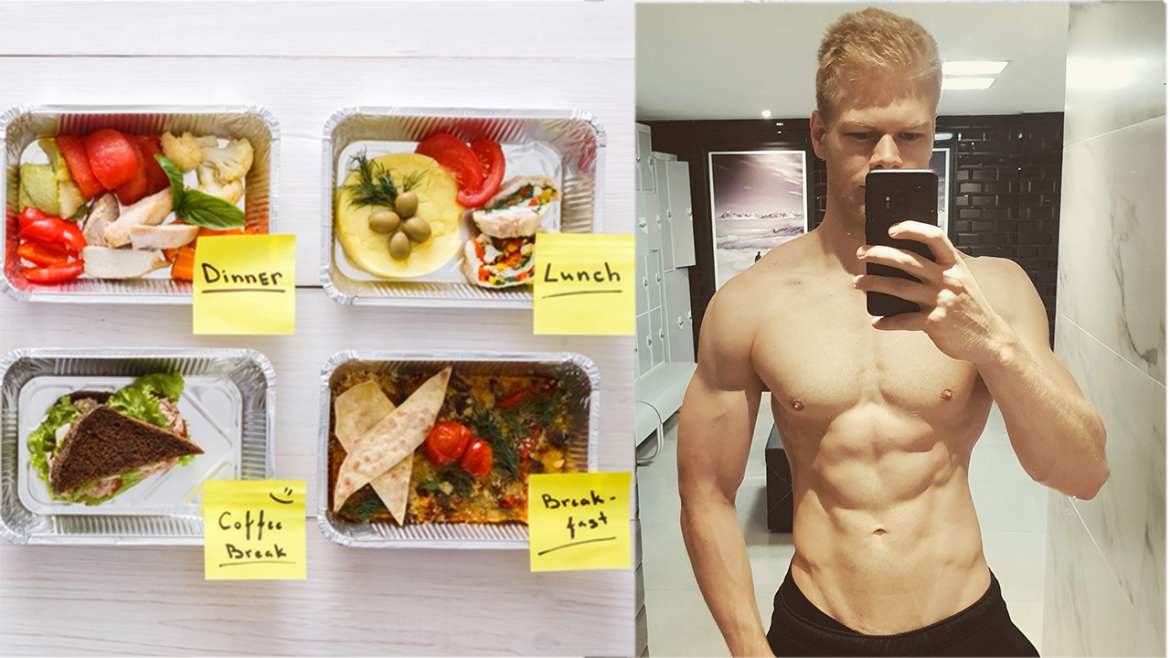Following the right workout program is extremely important when doing resistance training and there are many things you can do wrong. While I don’t want to turn this into a post on one specific muscle building workout, I want to give you a few important guidelines when starting out with your routine.
1. The Right Warm Up
First, of course, you need a proper warm up. Just as with aerobic exercise you don’t want to go all out without preparing your body for the coming stress. I recommend a full body warm up with dynamic movements like jumping jacks, a few push-ups and some bodyweight squats. Some light 5-minute cardio can also help get your blood pumping.
It’s also important to do a few sets of light weight before you start training a new muscle group. So for example, if you are doing the bench press, do 2 to 3 sets of light weight before you start with your actual working set. I explain this in more details here.
2. Focus On Compound Exercises
When it comes to exercise selection, compound exercises (also called compound movements or multi-joint movements) always triumph over isolation exercises. Along with progressive overload, they are the best – and pretty much only – way to ensure optimal and long-term muscle growth.
Why?
Compound movements utilize multiple joints and are usually performed using free weights instead of machines. That way they target several muscle groups at once, giving you the best muscle activation measured by the time you spend working out.
This makes them perfect for building strength and gaining mass fast. Even though their benefits have been proven over and over again in countless studies, many beginners still focus on isolation exercises such as biceps curls or the pec deck.
Some think the only way to get bigger arms or a fuller chest is by hitting the muscle directly with a set of dumbbells or machines. The problem with this mindset is simple.
Muscles grow only when they need to, which happens when they are put under a lot of stress. When you go to the gym, you are trying to break down muscle tissue by overloading them so they can grow back stronger.
This strategy works better the more total weight you lift and the more muscle groups you recruit during your workout. Isolation movements allow you to lift only a small portion of the weight that you can move when doing heavily loaded compound exercises.
Note: Here is a list of the best compound exercises for each muscle group
3. Work large muscle groups before smaller ones
Like I said before compound movements are king. They will enable you to lift the highest load possible and lead to the best results. They should also always be done first in your workout.
If you wait to work the largest muscles last, you’ll have less energy and be too tired. So for example when working on legs, start with the quads and glutes, the two biggest muscles in the legs. Only once you are done should your target hamstrings or the calves.
4. Always Implement Progressive Overload
Simply put, progressive overload means that you increase the demands on your muscles over time. In terms of weight training, this concept usually refers to continually lifting more weight, but progress could also be achieved through more sets or reps.
Why Is Progressive Overload So Important?
The human body is designed to save energy in order to survive and it will only change if absolutely necessary. Assuming your goal is to build muscle and get stronger, the only way of accomplishing this is by creating an environment which forces your body to adapt.
Here is where many beginners (and sometimes even experienced trainees) don’t make their homework. They get a great workout and go to the gym highly motivated but use the same exact weight, sets and repetitions for weeks, if not months.
After a while, they get disappointed by the fact that their body stopped building muscle. Oftentimes they switch to different exercises, never realizing that the problem was a lack of progression rather than their workout design.
5. Use adequate weight
Of course, this should be a given. Many beginners either use a weight that is way to light or way to heavy. The problem with a weight that’s too light is that your muscles won’t work hard enough. On the other hand, if your weight is too heavy you risk injury and can damage your muscles and joints.
Depending on the workout you choose you should be able to lift the weight for 4 – 12 reps with proper form. If you choose a weight that you can lift for a lot more reps than that it’s too light and you want to increase it. If you are having problems maintaining correct form on most of the repetitions than its too heavy and you want to decrease.



